Carp are fascinating fish known for their adaptability and diverse diet. Found in freshwater lakes, ponds, and rivers worldwide, they have an omnivorous feeding habit that allows them to thrive in various environments. Whether you’re a fishing enthusiast looking to catch more carp or a curious aquarist wanting to understand their dietary needs, this guide will help you explore what carp eat, how they find their food, and the best natural and artificial baits for successful fishing.
Carp’s Diet: What Do Carp Eat?
Carp have a versatile diet that includes both plant-based and animal-based foods. As bottom feeders, they primarily forage along the waterbed, consuming anything from algae and aquatic plants to insects, crustaceans, and small fish.
Their ability to adapt their diet based on availability makes them highly resilient in different water bodies.
What Do Carp Like to Eat?
Carp prefers a diet rich in nutrients and energy. Some of their favorite natural foods include:
- Aquatic plants and algae– Carp graze on submerged vegetation and algae, which provide essential nutrients.
- Insects and larvae actively feed on aquatic insects like dragonfly nymphs and mosquito larvae.
- Crustaceans and mollusks– Snails, freshwater shrimp, and small crustaceans are among their protein-rich food sources.
- Worms and grubs—Carp often dig through the mud to find worms and grubs, which are high-protein parts of their diet.
- Seeds and grains– Carp consume fallen seeds, nuts, and grains such as corn and wheat.
Does Carp Eat Other Fish?
Although carp primarily eat plant matter and small invertebrates, they are opportunistic feeders and may consume small fish if given the chance.
However, they do not actively hunt other fish like predatory species such as pike or bass. In environments where food is scarce, carp may eat fish, eggs, or fry, but their primary diet remains non-piscivorous.
How Do Carp Find Food?
Common carp use a combination of senses to locate food, including:
- Taste and smell– Carp have highly developed taste buds, enabling them to detect food even in murky waters. Their ability to pick up chemical cues helps them locate food sources from a distance, making them highly efficient foragers.
- Barbels– The whisker-like structures near their mouths help them sense food on the bottom. These barbels contain sensory cells that detect movement, textures, and chemical changes in the water, assisting carp in identifying potential food sources.
- Sight– Although their vision is not as sharp as some species, carp can detect movement and contrast in the water. They rely on their ability to see color and light variations to distinguish food items, especially in shallow or clear water.
- Suction feeding– Carps use their powerful mouths to suck up food from the substrate, expelling debris and retaining edible items. This method allows them to extract nutrition from soft mud, making them highly adaptable to different environments.
- Lateral line system– This sensory organ helps carp detect vibrations and movement in the water, allowing them to locate prey even in low-visibility conditions. By picking up subtle water disturbances, carp can find food sources hidden in sediment or among aquatic plants.
How Environment Affects Carp Diet?
The environment plays a crucial role in determining what carp eat. Factors like water temperature, depth, and habitat type influence their feeding behavior and dietary preferences.
How Does Water Temperature Affect Their Diet?
Carp are cold-blooded fish, meaning their metabolism changes with water temperature:
- In warmer temperatures (above 60°F or 15°C): Carp become more active and consume larger quantities of food, favoring high-protein diets such as insects, crustaceans, and fish eggs.
- In cooler temperatures (below 50°F or 10°C): Their metabolism slows, leading them to eat less. They rely on easy-to-digest food like plant matter, seeds, and small invertebrates.
- During extreme cold (below 40°F or 5°C): Carp enter a semi-dormant state, feeding minimally on slow-moving prey and decaying organic matter.
How Does Water Depth Affect Their Diet?
- Shallow waters (1-5 feet): Carp forage for insects, larvae, and plant material in warm, nutrient-rich waters.
- Deeper waters (6+ feet): They scavenge the bottom for mollusks, worms, and decaying organic matter.
- Variable-depth areas: Carps adjust their feeding depth based on food availability and environmental conditions.
When living in ponds, Carp rely more on readily available food sources such as insects, worms, and plant matter due to limited space and competition.
While in lakes, they have a more varied diet, including fish eggs, small crustaceans, and a broader range of plant material due to greater biodiversity.
Top Natural Baits for Carp Fishing
If you’re fishing for carp, understanding their natural diet can help you select the best baits. Carp are opportunistic feeders and are drawn to foods that provide high nutritional value, strong scents, and natural appeal.
Below are some of the best natural carp baits and how to use them effectively.
1. Sweetcorn
Sweetcorn is one of the most popular carp baits due to its bright yellow color, natural sweetness, and high visibility underwater. The scent and taste attract carp quickly, making it an excellent choice for both beginners and experienced anglers. To increase its effectiveness, try soaking the corn in flavored attractants like vanilla extract, anise oil, or molasses.
2. Boiled Potatoes
Soft-boiled potatoes are another effective bait, especially in waters where fish are not used to traditional baits. Carp are naturally drawn to starchy foods, and mashed or diced potatoes provide an easy-to-digest meal. Try adding garlic powder or a pinch of salt to enhance the scent.
3. Bread
Bread is a simple yet highly effective bait. When used in floating form, it can attract carp near the surface, while dough balls can be submerged for bottom-feeding. To improve durability in the water, mix bread with egg yolk or honey before molding it into balls.
4. Worms and Maggots
Earthworms and maggots are rich in protein and closely resemble natural carp prey. Red wigglers, nightcrawlers, and bloodworms work best. Hooking multiple maggots on a small rig increases movement and visibility, making them irresistible.
5. Tiger Nuts
Tiger nuts are a fantastic high-sugar bait that can entice even the most cautious carp. They require soaking and boiling before use to release their natural sweetness. Many anglers prefer fermenting tiger nuts for a few days to boost their effectiveness.
Best Artificial Lures & Prepared Baits
While natural baits work well, artificial lures and prepared baits offer convenience, durability, and customization. These options can help target carp effectively in different water conditions.
1. Boilies
Boilies are among the most effective and widely used carp baits. They are available in various sizes, flavors, and colors, making them adaptable to different fishing situations. Fishmeal-based boilies work well in colder water, while fruit- or nut-flavored boilies are great for warmer months. Soaking boilies in attractants like fish oil or sweet syrup can enhance their appeal.
2. Pellets
Pellets are protein-rich and dissolve slowly, creating a scent trail that lures carp. Some pellets are designed to break down quickly, while others stay intact for longer periods. Pre-soaking them in liquid attractants can make them even more effective.
3. Pop-ups
Floating boilies, or pop-ups, are designed to rise above the lakebed, making them ideal for weedy or silt-covered areas. Their buoyancy and bright colors help attract carp visually while keeping the bait accessible.
4. Artificial Corn
Artificial corn is a durable alternative to real corn. It can be soaked in flavor enhancers and remains on the hook longer, resisting small fish and pests. It pairs well with real corn for a balanced presentation.
5. Dough Baits
Dough baits can be homemade or store-bought and customized with flavors like vanilla, garlic, or strawberry. They offer a soft texture and can be molded into various shapes to suit fishing conditions.
Seasonal Bait Strategies for Carp Fishing
Understanding how seasons affect carp feeding behavior will help you choose the right bait at the right time.
Summer Fishing
- Best baits: Boilies, corn, worms, maggots, and pellets.
- Best locations: Shallow waters, near vegetation, and along warm riverbanks.
- Techniques: Use floating baits like pop-ups to attract active fish.
Winter Fishing
- Best baits: Sweetcorn, bread, worms, and slow-dissolving pellets.
- Best locations: Deep waters, slow-moving currents, and areas with natural cover.
- Techniques: Use small, slow-sinking baits since carp eat less in winter.
How to Choose Bait Colors for Different Water Bodies?
Carp rely on vision to some extent, so bait color can influence catch rates. You should choose specific baits with different colors based on the fishing conditions:
- Clearwater: Bright colors like yellow, orange, and red.
- Muddy water: Darker colors like brown, black, or fluorescent pink.
- Cold seasons: More natural colors like brown and beige to blend with the environment.
- Warm seasons: Brighter baits stand out better in active feeding conditions.
Conclusion
Carp have a highly adaptable diet, consuming a mix of plant matter, insects, crustaceans, and even small fish when necessary. Environmental factors such as water temperature, depth, and habitat significantly influence their feeding behavior.
Whether you’re fishing in a pond, lake, or river, choosing the right natural bait, artificial lure, or prepared bait can make a huge difference in your success.
Understanding seasonal bait strategies further enhances your chances of catching carp, making your fishing trips more rewarding and enjoyable. Happy fishing!
Learn more about fishing:



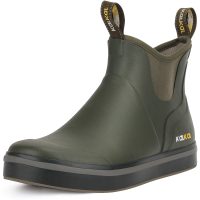

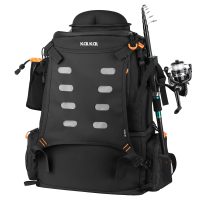
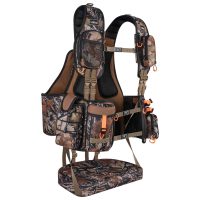
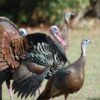
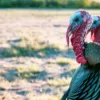
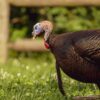
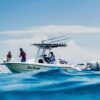

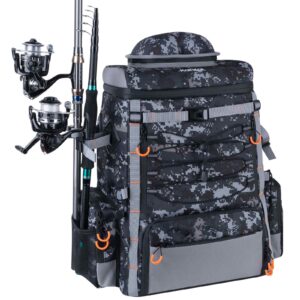
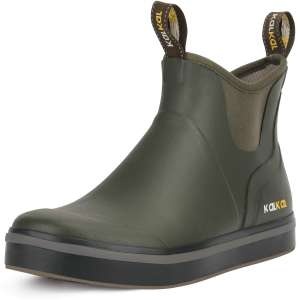
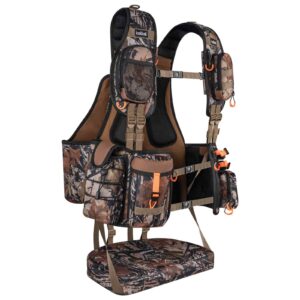
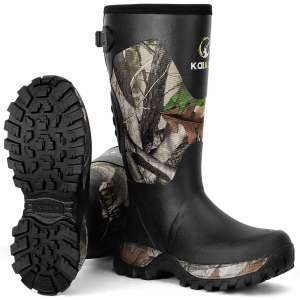
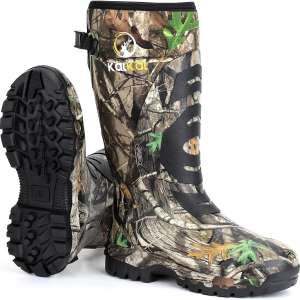



Leave a reply